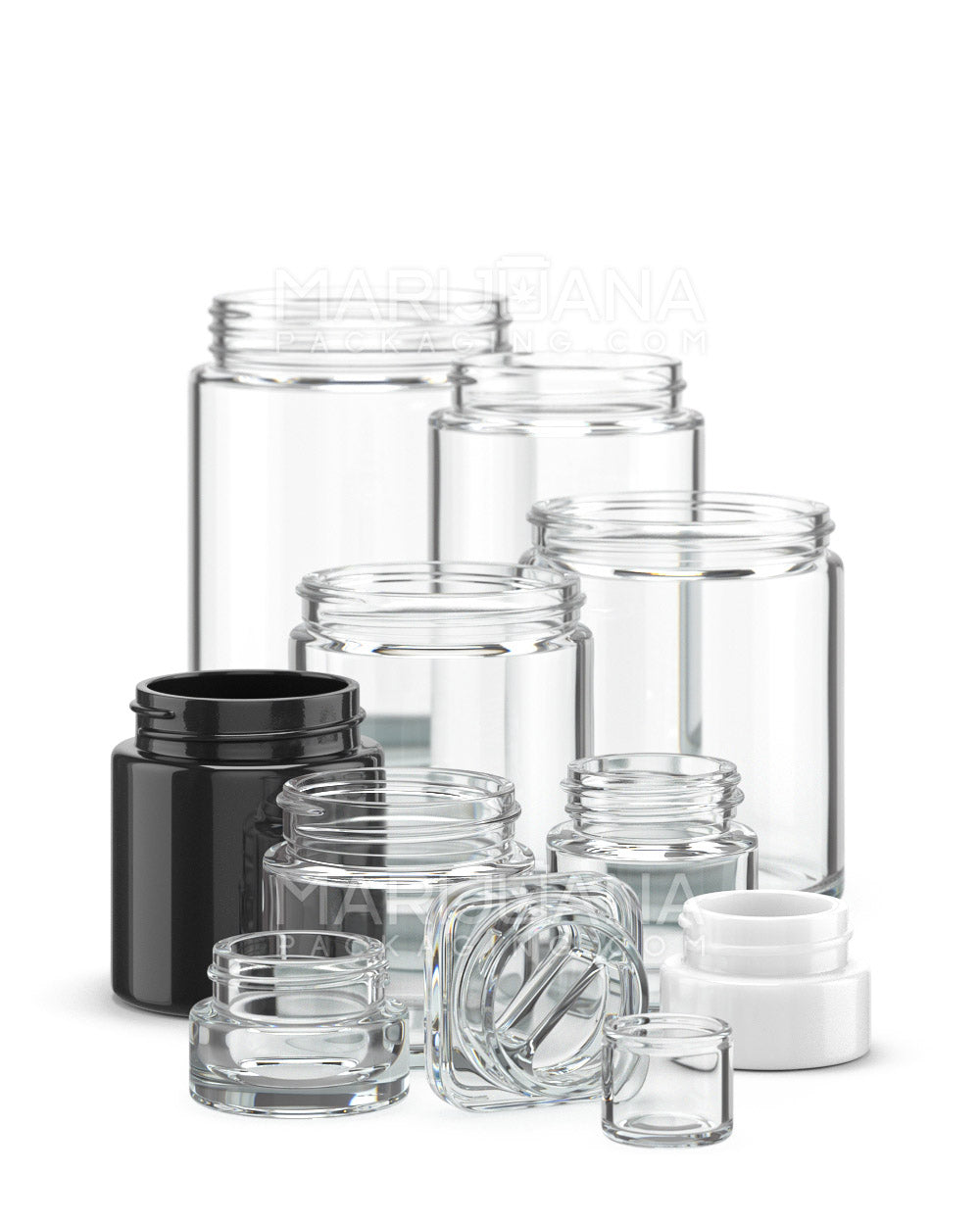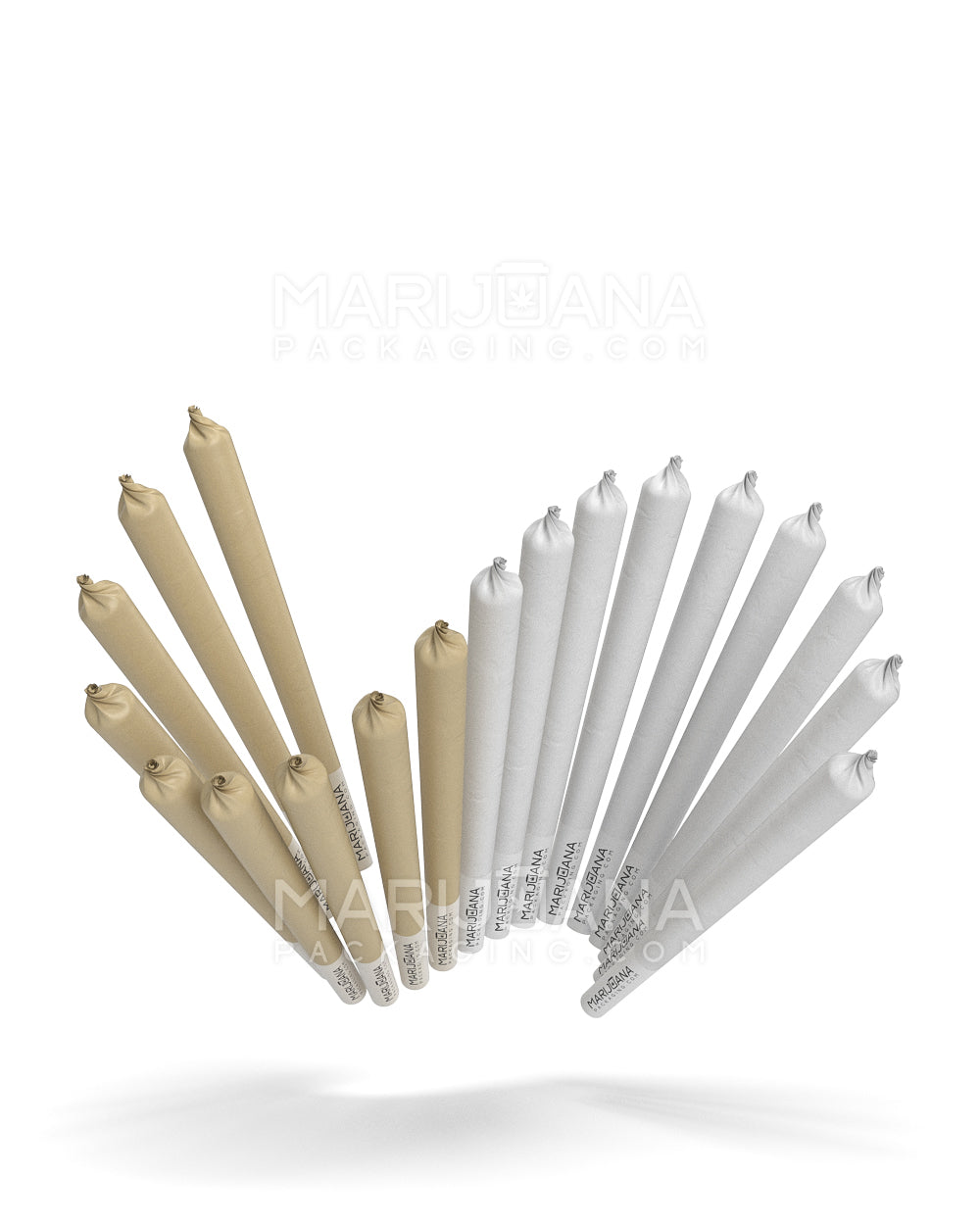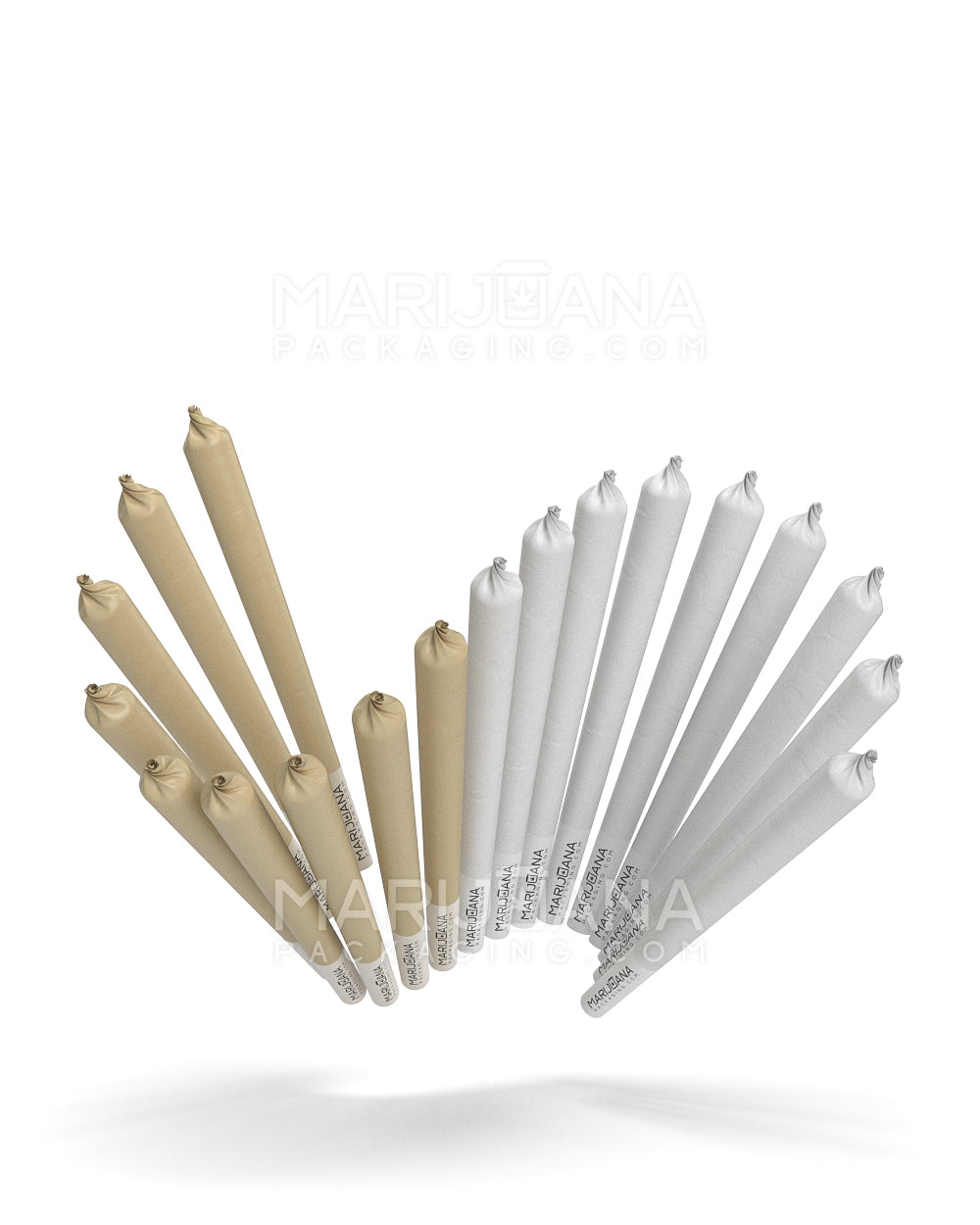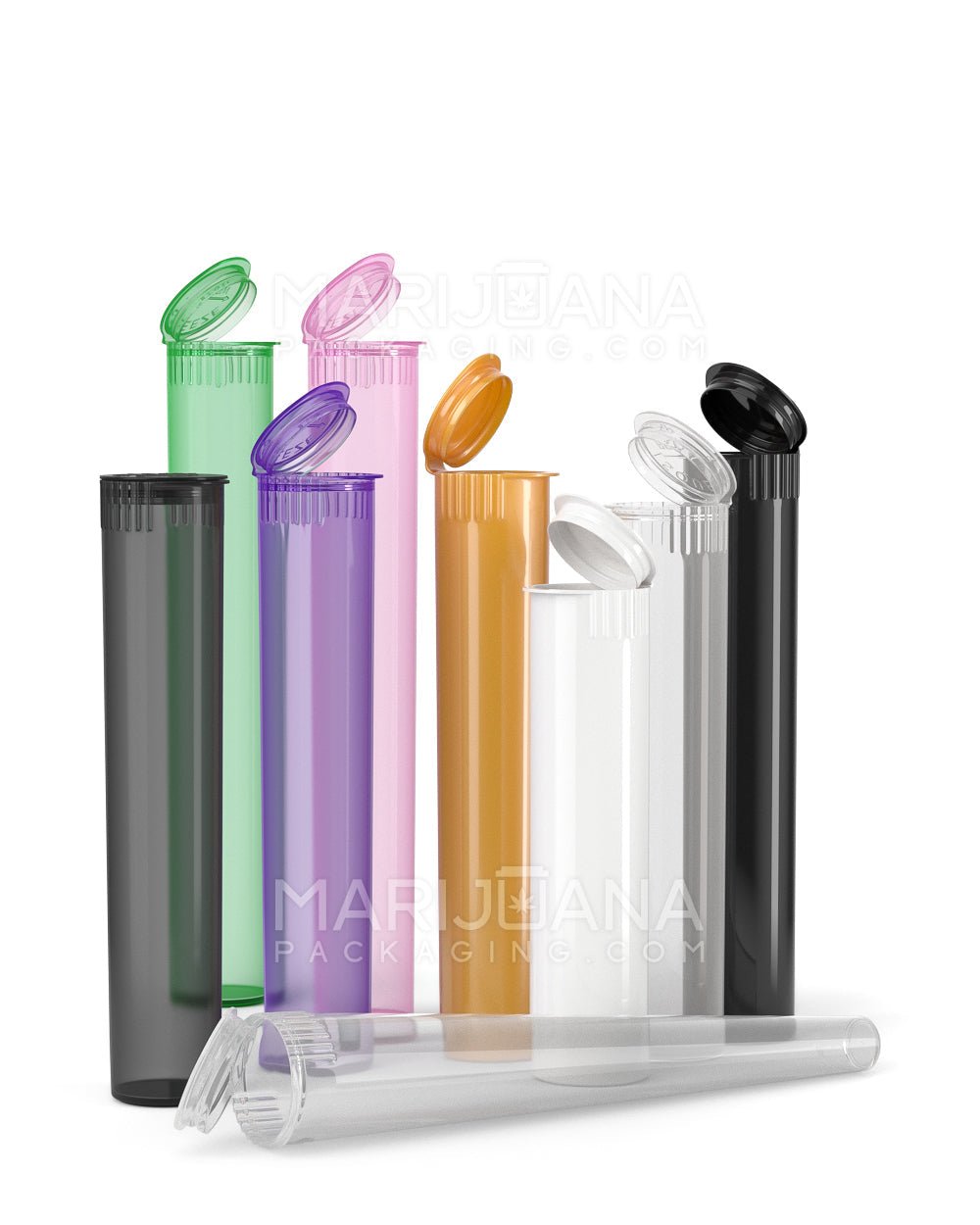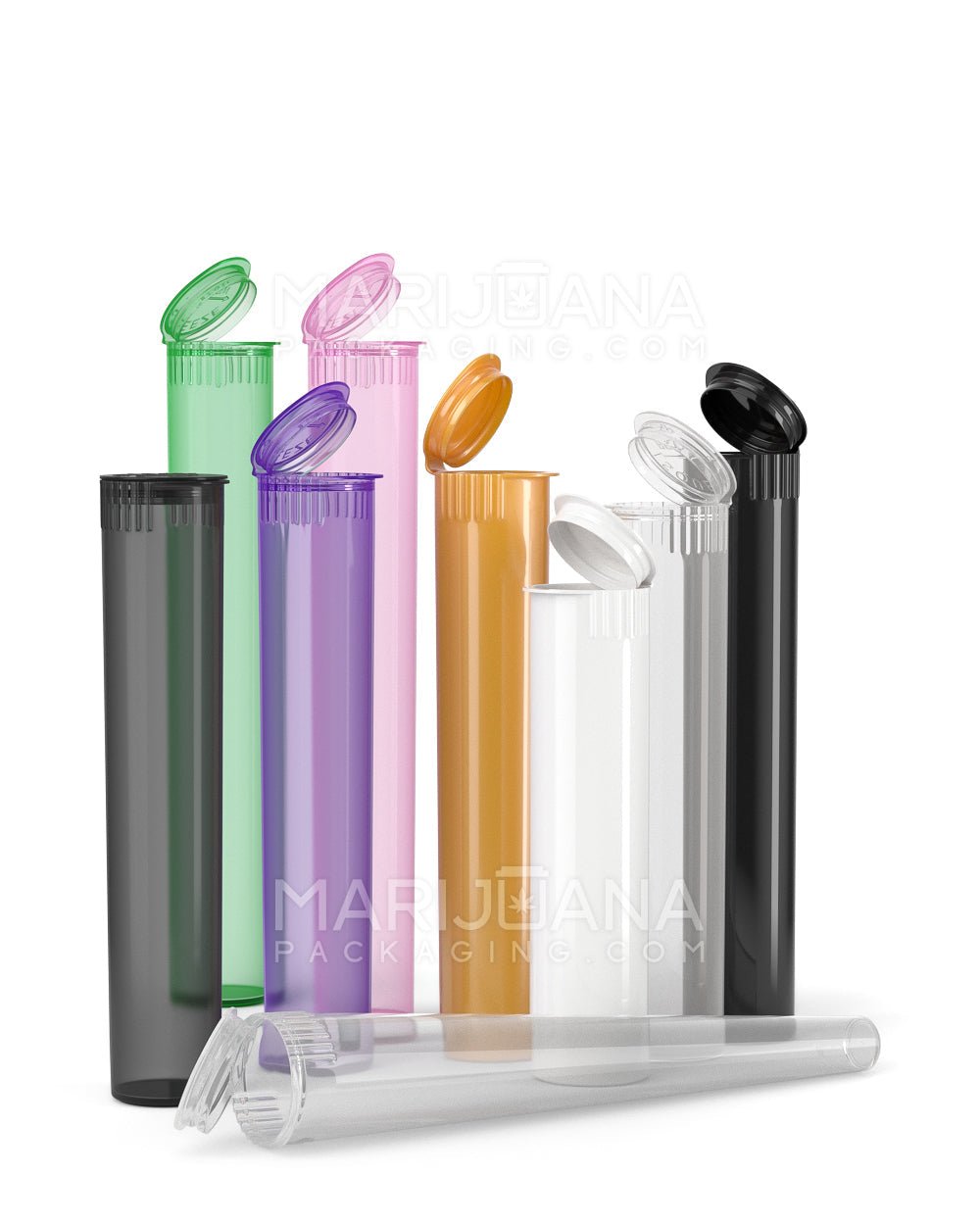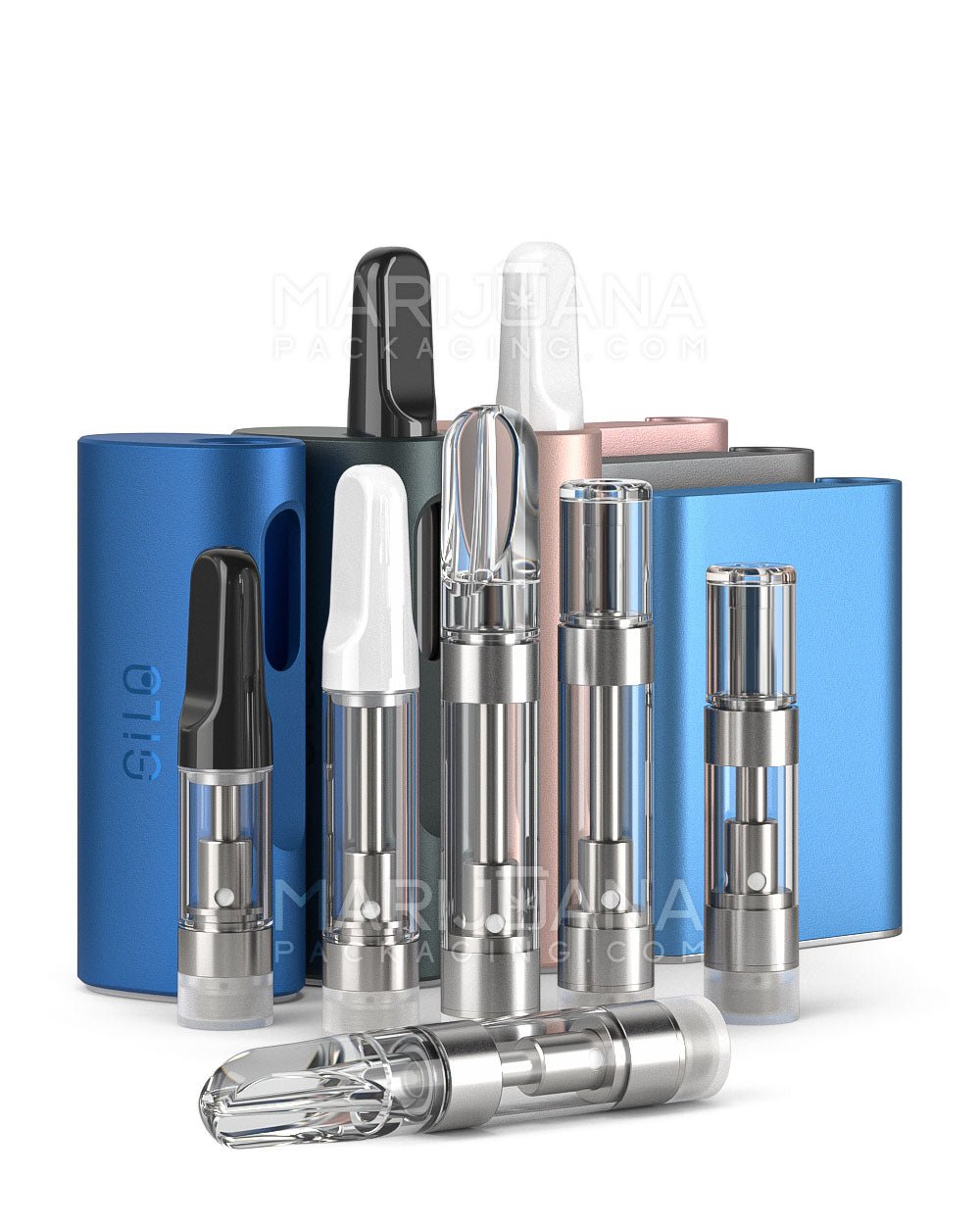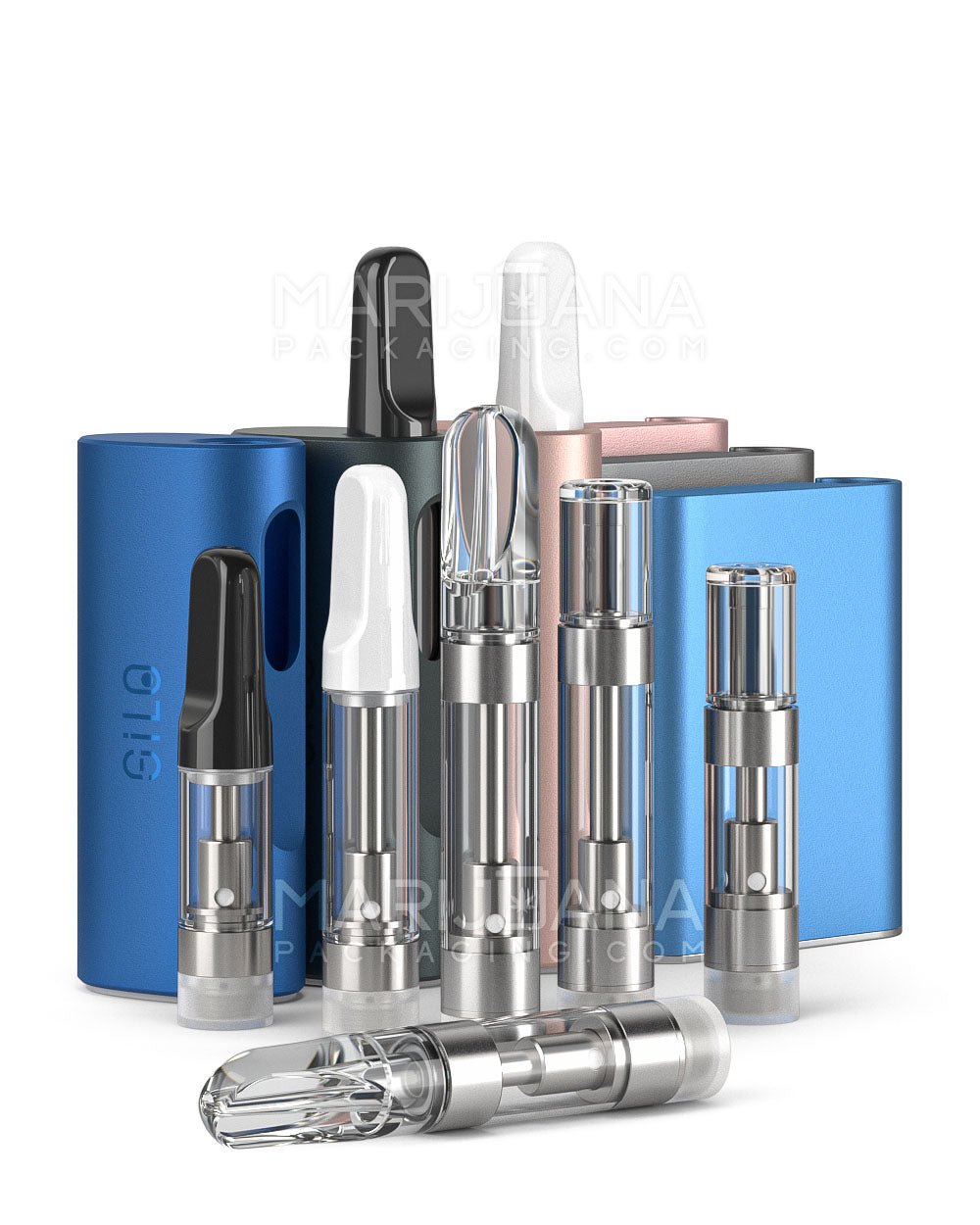Have you ever wondered what you could do with the leftover leaves and stems from your cannabis plant? Well, look no further! Making marijuana butter (or "cannabutter," as it's affectionately known) from these parts is a fantastic way to use every bit of your plant. Not only is it resourceful, but it also means you get to enjoy the benefits of cannabis in a whole new way.
In this article, we'll walk through the process step-by-step, making it simple enough for anyone to try. We'll cover everything from gathering your materials to the final product. Whether you're a seasoned pro or a curious newbie, this guide has something for you.
Gathering Your Materials
Before diving into the process, it's essential to gather all the materials you'll need. The good news is that most of these items are probably already in your kitchen, and the rest are easy to find.
- Cannabis Leaves and Stems: You'll want to collect as many leaves and stems as possible. The more you have, the stronger your butter will be.
- Butter: Unsalted butter is the best choice. You'll need about one pound for a decent batch.
- Water: This helps regulate the temperature and prevents the butter from burning.
- Large Pot: A big enough pot to hold your butter, water, and plant material.
- Strainer or Cheesecloth: To filter out the plant material from the butter.
- Container: Something to store your finished cannabutter in. A glass jar works well.
Once you have everything ready, you're set to move on to the next stage. Having all your materials on hand will make the process smoother and more enjoyable.
Preparing the Cannabis
Now that you have your materials, it's time to prepare the cannabis. This step is crucial because it involves decarboxylation, which is just a fancy word for activating the THC in your cannabis. This is what gives the butter its potency.
Here's how to do it:
- Preheat Your Oven: Set it to 240°F (115°C). This temperature is low enough to activate the THC without burning the plant material.
- Break Up the Leaves and Stems: Use your hands or a grinder to break them into smaller pieces. This increases the surface area and helps with even heating.
- Spread Evenly on a Baking Sheet: Make sure they're in a single layer for uniform decarboxylation.
- Bake for 30-40 Minutes: Keep an eye on them to prevent burning. They should turn a light golden brown.
Once done, let the cannabis cool. Your leaves and stems are now ready to be transformed into cannabutter.
Infusing the Butter
Infusing the butter with cannabis is where the magic happens. You'll need to be patient and attentive in this step, but it'll be well worth it.
Here's how to infuse your butter:
- Melt the Butter: In your large pot, melt the butter over low heat. Add some water to help control the temperature.
- Add the Cannabis: Once the butter is fully melted, add the decarboxylated leaves and stems.
- Simmer Gently: Keep the heat low and let the mixture simmer for 2-3 hours. Stir occasionally and add more water if necessary.
The goal is to extract as much THC as possible without burning the butter. You'll know it's ready when the mixture has a rich, green hue.
Straining the Mixture
After infusing the butter, the next step is to strain out the plant material. This leaves you with a smooth, ready-to-use product.
Here's how to do it:
- Set Up Your Strainer: Place the strainer or cheesecloth over a bowl or container.
- Pour the Mixture Through: Slowly pour the butter through the strainer, allowing it to catch all the plant material.
- Squeeze Out the Excess: If using cheesecloth, squeeze out any remaining liquid. Be careful, as it might still be hot.
And just like that, you have your very own cannabis-infused butter. Now, let's talk about storing it properly.
Storing Your Cannabutter
Proper storage is vital to ensure your cannabutter stays fresh and potent. You don't want all that hard work to go to waste, right?
- Refrigerate: If you plan to use it soon, keep it in the fridge. It should last a few weeks.
- Freeze for Longer Storage: For extended shelf life, freeze the butter. It can last up to six months this way.
- Label Clearly: Mark the container with the date and potency if known. This way, you'll know exactly what you're using.
By storing your cannabutter correctly, you'll always have some on hand for whenever culinary inspiration strikes.
Using Your Cannabutter
Now that you have your cannabutter, what can you do with it? The possibilities are endless! Here are some ideas to get you started:
- Baking: Substitute regular butter with cannabutter in your favorite cookie or brownie recipe. Just be mindful of the dosage!
- Cooking: Use it to sauté vegetables or as a base for sauces. It adds a unique flavor and a little extra kick.
- Spread on Toast: For a simple treat, spread it on toast or a bagel. Pair it with jam for a sweet and savory combo.
Remember, a little goes a long way. Start with small amounts to gauge the effects before diving into larger doses.
Dosage and Safety
Though making cannabutter is fun and exciting, it's crucial to be mindful of the dosage. Consuming too much can lead to an unpleasant experience, especially for those new to edibles.
- Start Small: If you're unsure of the potency, begin with a small amount and wait at least 1-2 hours to feel the effects.
- Be Patient: Edibles take longer to kick in compared to smoking or vaping. Don't rush it.
- Label Clearly: If you share your creations, ensure others are aware of the potency and dosage recommendations.
By keeping these tips in mind, you can enjoy your cannabutter safely and responsibly.
Legal Considerations
Before you start cooking, it's important to know the legal status of cannabis in your area. Laws vary widely across the United States, so you'll want to ensure you're in the clear.
- Check State Laws: Some states permit personal use, while others have stricter regulations. Make sure you're compliant with local laws.
- Home Cultivation Rules: If you're growing your cannabis, be aware of any limits on the number of plants you're allowed.
- Transport and Sharing: Be cautious about transporting or sharing cannabutter, especially across state lines.
Being informed about the legal aspects will help you enjoy your cannabutter without unnecessary complications.
Common Mistakes to Avoid
Like any culinary endeavor, making cannabutter can come with its own set of pitfalls. Here are a few common mistakes to avoid:
- Overheating: High temperatures can degrade THC, so keep the heat low during infusion.
- Skipping Decarboxylation: This step is crucial for activating THC, so don't skip it!
- Improper Straining: Ensure all plant material is removed to avoid a gritty texture in your butter.
By keeping these in mind, you'll increase your chances of creating a delicious and potent cannabutter.
Final Thoughts
Turning cannabis leaves and stems into butter is a rewarding way to use every part of the plant. With a bit of patience and attention to detail, you can create a versatile ingredient that enhances many recipes.
And if you're looking for packaging solutions to store your culinary creations, Gamut offers a variety of options to suit your needs. From jars to containers and everything in between, their full spectrum of packaging solutions ensures that your products are stored safely and stylishly. With over a decade of expertise, Gamut is your go-to for packaging that makes your brand unforgettable.











